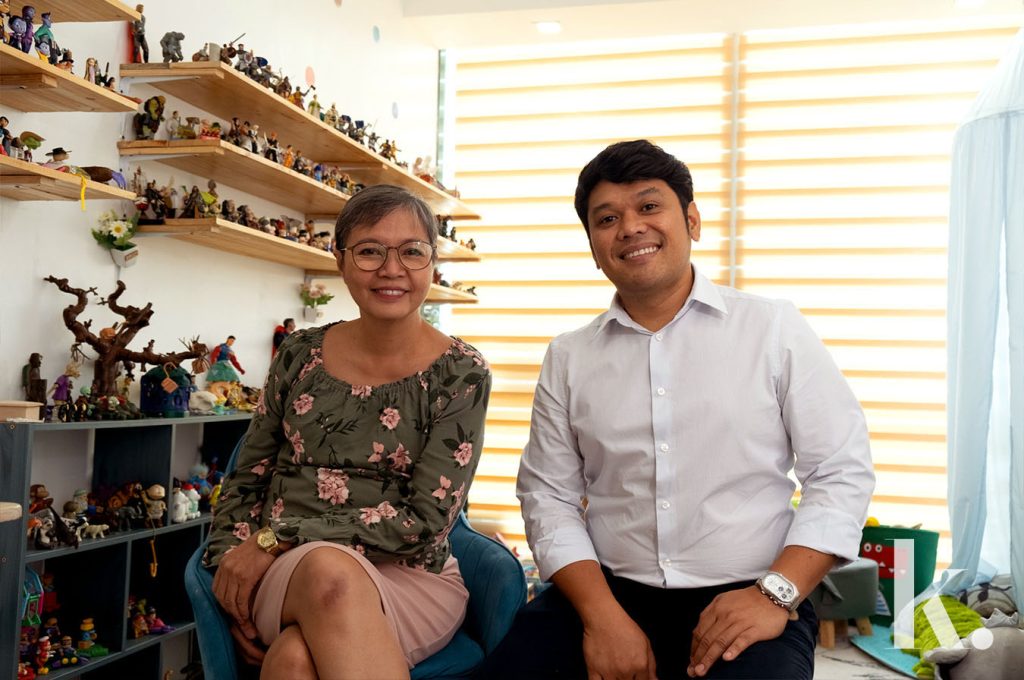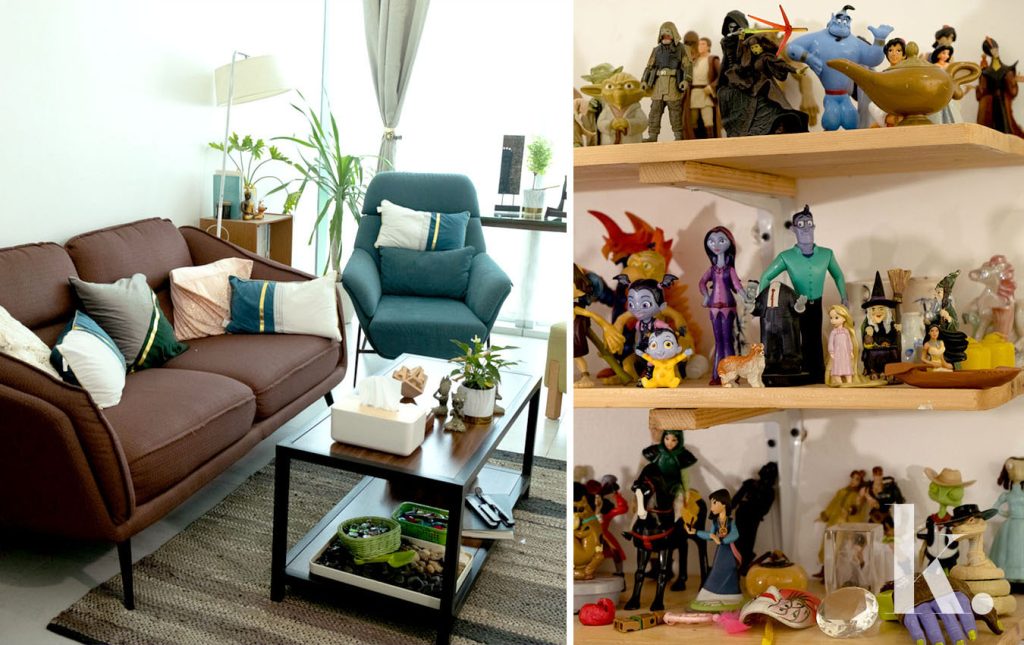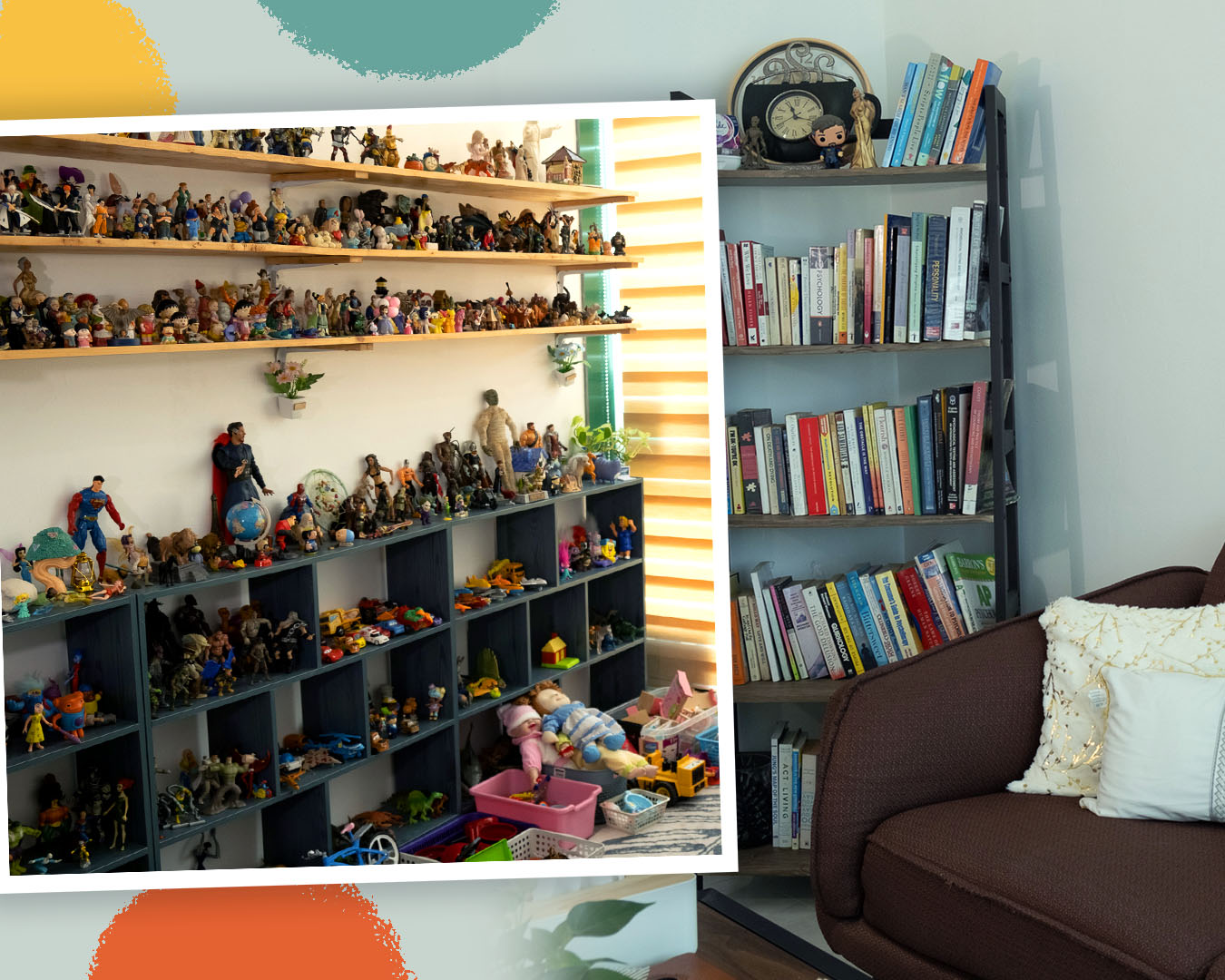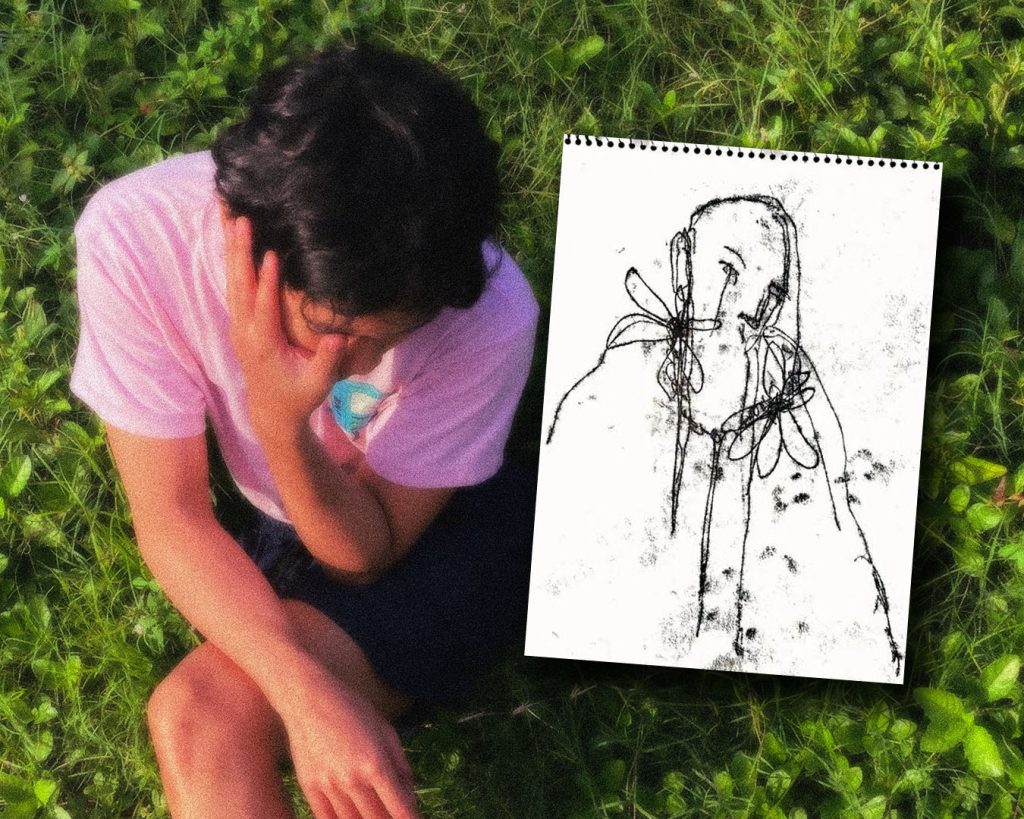Therapy—at least in Hollywood—gets depicted in one kind of scene: the patient lies on a couch, telling all their burdens and truths to a quiet psychologist trying to mimic Sigmund Freud and his signature psychoanalysis.
Perhaps that scene holds some truth about what therapy is, the thought of that scene makes therapy intimidating, serious, and nerve-wracking. But most of all, that scene oversimplifies therapy, the general study of psychology, and all the different ways and methods psychologists have developed and employed to understand the human mind.
Rainbow Playroom Psychological Services is a prime example of a therapy that contradicts the intimidating stereotype portrayed on the screens. For some clients who avail of Rainbow’s services—it may feel like home.

Rainbow Playroom Psychological Services, located at the Velez Medical Arts Building in Cebu City, is a clinic dedicated to providing emotional and behavioural assessments, as well as sessions related to counselling, psychotherapy, and parental coaching, among a variety of services aimed at understanding and enhancing what they describe on their website as “self-discovery, self-esteem and physical and emotional healing.”
Rainbow also offers innovative therapy methods, including play therapy and creative expressive art therapies, which are often (but not always) child-centric. “The universal language of children is actually play,” says Dr. Enrique S. Felisario II, a clinical psychologist specializing in trauma and anxiety treatment, as well as Rainbow Playroom’s managing partner and clinic supervisor. “Children have not yet developed the cognitive and language faculty to verbalize whatever their experiences are, and it’s so difficult. When questions are asked—like, for example: ‘How do you feel?’, for children, they don’t have the vocabulary to label what they’re feeling.”
Rainbow has a playroom for kids, which includes toys and a sandbox, as well as other tools for children to creatively express themselves. Dr. Peachy Fernando, Rainbow Playroom’s managing partner, has over 15 years of training and experience in using these modalities in therapy.
”Our most common clients that we get nowadays are developmental issues like ADHD, Autism Spectrum Disorder,” Fernando states. “Aside from the developmental issues, we also see children with emotional issues like trauma, anxiety, depression,” she continues.
Play therapy may just look like the child’s interacting with toys and whatever they can use to have fun, but such play could describe one’s lived-out stories, feelings, and expressions through how they interact with those toys.

“So play therapy, [using] the universal language of children, allows that expression creatively [and] symbolically, using toys and sand and play. And when that happens, with keen observations [of] how children express their experiences symbolically through play and art, the clinician also observes that.”
Rainbow also extends its services to adults who may begin their journey of self-discovery and mental healing. Felisario often deals with adult and adolescent clients, leaning on his learning and expertise in psychobiography when working with them. With psychobiography, Felisario helps his clients become aware of the factors and experiences that developed their identity and, by extension, their life story.
Aside from the services Rainbow provides to its clients, the clinic also embodies an atmosphere that many of its clients would call something that “feels like home.”
“My room, for example, looks like a living room, designed specifically to make the clients feel that it’s just like talking to a friend, but confidential, professional, ethical.” This kind of set-up in Felisario’s room was developed with one thought in mind: many people are more willing to share their stories with their close friends and family.

When it comes to the barriers to accessing mental health in the Philippines, Felisario notes how many Filipinos view therapy as something that is rather serious and is only aimed at understanding peoples’ mental disorders. Many would instead prefer to go to their friend or family. “And I said, ‘Oh, if we designed something, approached something that is very homey, that is like a family, like a friend, then it would encourage people to access psychological services,’ said the doctor. “And that’s how it came to be, and that has been the culture of Rainbow, that’s been the signature of Rainbow.”
”What I’m also very grateful for nowadays is that parents are more conscious, more observant of their children,” Fernando points out in comparison to how parents would deal with their children in the past. “If the parent was not able to observe it, they’re also better able to listen,” she says as she emphasizes the importance of listening to your child, and asking them how they’re feeling.

Before starting the interview, I asked Dr. Felisario about how his day went. He told me that although he described his day as “hectic” because of his work, he shared how the progress he made with his clients gave him a sense of satisfaction. For the doctor, his work in Rainbow Playroom is more than just a job; he doesn’t even see his work for the clinic as a job. He calls his work a “vocation.”
“Being a psychologist, being a mental health professional: it’s not an 8 to 5 job,” Felisario shares, “You’ll always go beyond. You have to be very, very interested [in] the person’s story. You are sharing the space with this person, where the story [and] all the emotions are unfolding.”
The privilege of being able to hear other people’s lives, coupled with the responsibility to help them, gives Felisario the motivation to learn more about the human mind and explore ways to understand and support the clinic’s clients. “It’s a relationship.”
His clients’ journeys vary in scope, depth, and circumstances, all are certainly challenging in their own right. But what makes his work worthwhile are those “moments in the clinic.” With moments like him listening to his clients’ realization of who they are and growing from those experiences of pain and trauma, he feels that he “made the right choice” in choosing a career in clinical psychology.
When the doctor talked about the enjoyment he gets from his work, he told me how those moments in the clinic are kind of like his answers to the question Billie Eilish asks in the song “What Was I Made For?”
“Every time I get to observe, especially listen to individuals who are experiencing the feeling of recovery, it’s just blissful, it’s euphoric, it’s so meaningful. It’s like the song, this is what I’m made for.
“I have an answer to the song. This is what I’m made for. It’s very fulfilling.”
Check out the Rainbow Playroom’s Facebook page and website to learn more about the clinic’s services.
Photo Kyrra Kho




